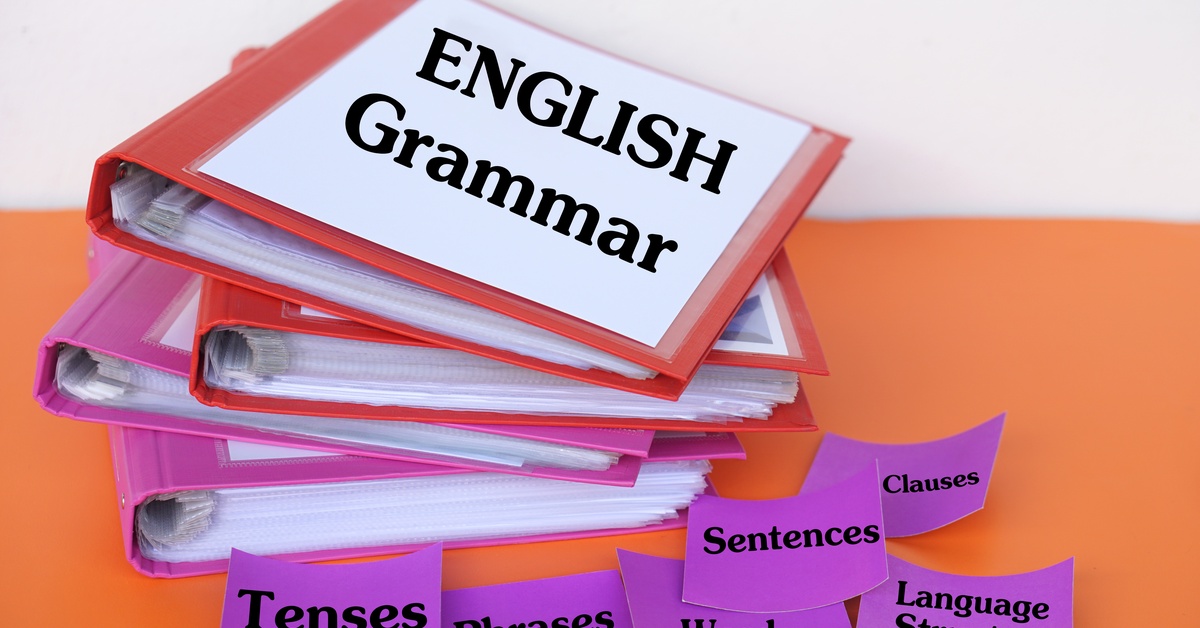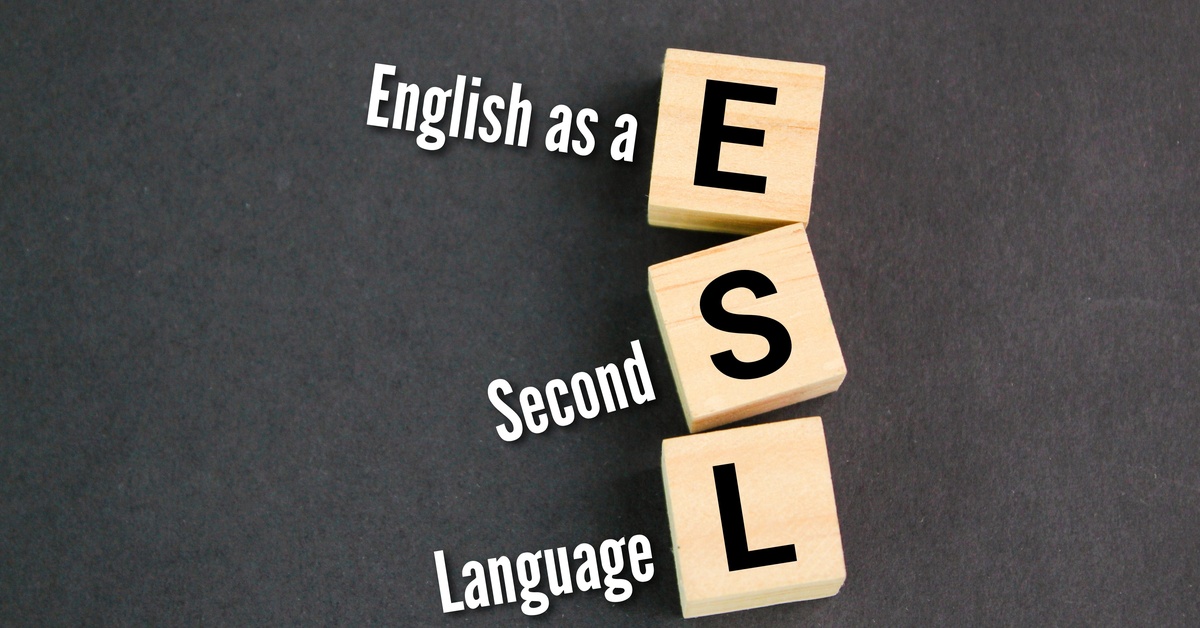Learning English as a second language (ESL) is a rewarding yet challenging experience. Progress requires patience, practice, and determination, despite the common mistakes many ESL learners encounter along the way.
The good news? Students can overcome these hiccups with awareness and a bit of focus.
Are you an aspiring English speaker looking to strengthen your skills? Start by identifying common mistakes ESL students make and learning how to avoid them. You’ll be able to build confidence, refine your abilities, and enjoy learning more with every step with the strategies in this guide.
1. Misusing Articles
Articles are some of the trickiest parts of English grammar. Some languages don’t have equivalents to the articles “a,” “an,” or “the.” Understanding how to use articles can make mastering them a bit of a challenge for non-native English learners.
What are specific common errors? Some learners may omit articles and say, “I read book” instead of “I read a book.” Others may overuse articles, instead, saying, “I traveled to the Spain” rather than “I traveled to Spain.”
Addressing Article Application
How can you fix article misuse? Determine whether the noun is general or specific. Use “a” or “an” for anything general, and “the” for something specific.
For example, say, “A dog ran into the park,” when referring to any dog, and “The dog ran into the park” when discussing a particular dog. Practice with short paragraphs, highlighting the articles. Also, try labeling objects around your house, such as “The fridge” or “A chair” to help solidify this foundational concept.
2. Confusing Word Order in Sentences

English sentence patterns may feel unfamiliar to speakers who use a different language structure. Jumbles between the subject, verb, and object can result in confusing phrases.
A common error for a non-native English speaker is phrasing a sentence to say, “Is singing she at the party,” instead of “She is singing at the party.” Often, this mistake occurs when English learners translate directly from their native language.
Solving Syntax Errors
You can fix this error by memorizing the English language’s structure of “Subject → Verb → Object.” Doing so will produce a correctly worded sentence, such as, “I eat cookies.”
Start practicing with basic sentences. Gradually add modifiers, such as adjectives or adverbs, to increase complexity.
Speak aloud to internalize natural sentence flow. Apps or sentence diagramming tools can also reinforce syntax placement visually.
3. Pronunciation Challenges
Pronunciation hurdles often arise from varying sounds across languages and difficulties mastering English stress patterns. One frequently made error is mispronouncing similar-sounding words, such as “ship” and “sheep.” Another common mistake is ignoring stress placement; for example, saying “content” for both “content (happy)” and “content (material).”
How can ESL students avoid making this common mistake? Use International Phonetic Alphabet (IPA) charts to learn precise sounds and break words into smaller syllables and practice their rhythm.
Also, try watching TV shows or movies in English with subtitles to practice mimicking the pronunciation of native speakers. Record yourself pronouncing tricky words, compare them to native pronunciations, and focus on subtle improvements.
4. Struggling With Prepositions
Prepositions can feel random in English since their usage often lacks direct logic. As a result, ESL students may make common errors, such as “She is on the car” instead of “She is in the car.” Some learners may avoid prepositions altogether, as in, “He lives house” instead of “He lives in the house.”
Effective ways to overcome this mistake include memorizing common prepositional phrases, such as “on the table,” and “at the door,” and using flashcards. Regularly expose yourself to how prepositions appear in conversations or written examples. Also, write a diary of daily events, focusing on nailing the correct prepositions, and over time, this practice use will cement them in your memory.
5. Using the Wrong Verb Tense

Often, verb tense mistakes occur when trying to express timelines and typically stem from the complexity of English tenses. For example, saying, “Tomorrow, I walk to the office,” instead of “Tomorrow, I will walk to the office.” Or, an ESL student may use unnecessary wordiness, such as “She was going to the mall today morning” instead of “She went to the mall this morning.”
One solution for this common mistake is answering short prompts, such as, “What did I do yesterday?” (past), “What am I doing now?” (present), and “What will I do tomorrow?” (future). Also, try using flashcards with verbs in different forms, such as “go,” “went,” “going,” and “gone” to quiz yourself on proper tenses.
6. Relying Too Much on Translation Tools
Translation tools may help in a pinch, but they can hinder progress if overused, since literal translations often miss context or subtleties. Direct translations can lead to unnatural word choices.
Relying heavily on these tools ultimately makes learners dependent on translations, rather than actively improving their vocabulary. You can overcome these issues by pairing translation tools with a bilingual dictionary for context and practicing thinking, speaking, or even journaling in English to encourage immersion.
Take ESL Classes
While self-study is important, enrolling in ESL classes can accelerate and enhance your language learning. Many institutions in the United States, such as Computer Systems Institute, offer ESL programs.
English learners receive expert instruction and tailored feedback in our ESL courses at CSI, as well as access to like-minded students. Specific advantages of such a program include the following:
- Dedicated instructors who guide students through specific challenges and offer strategies that cannot come from self-study alone.
- Peer interaction, allowing learners to build confidence while practicing conversational English in a supportive environment.
- Structured curricula that thoroughly cover essential skills, from grammar to speaking fluency.
Build Confidence While Avoiding Burnout
Mistakes are inevitable, but confidence grows when you acknowledge your progress, no matter how small. Motivate yourself by focusing on daily wins, such as pronouncing a new word correctly. Likewise, take breaks to avoid overexertion, as your brain needs time to absorb what you learn.
Make English practice enjoyable by combining it with hobbies, such as listening to music or watching movies in English. Set realistic goals, celebrate your progress along the way, and prioritize consistency over speed.
Reach Your Language Goals
Improving your English isn’t about eliminating every mistake but learning and growing from them along the way. Becoming aware of common ESL pitfalls is a step toward fluency that you should celebrate. Progress may be challenging, but every small improvement builds a stronger foundation.
Enroll in ESL courses and seek mentorship at your institution for one-on-one feedback to increase your progress. Keep speaking, writing, and practicing daily, knowing each word brings you closer to fluency. Enjoy the process, and don’t be afraid to ask for help when you need it.







